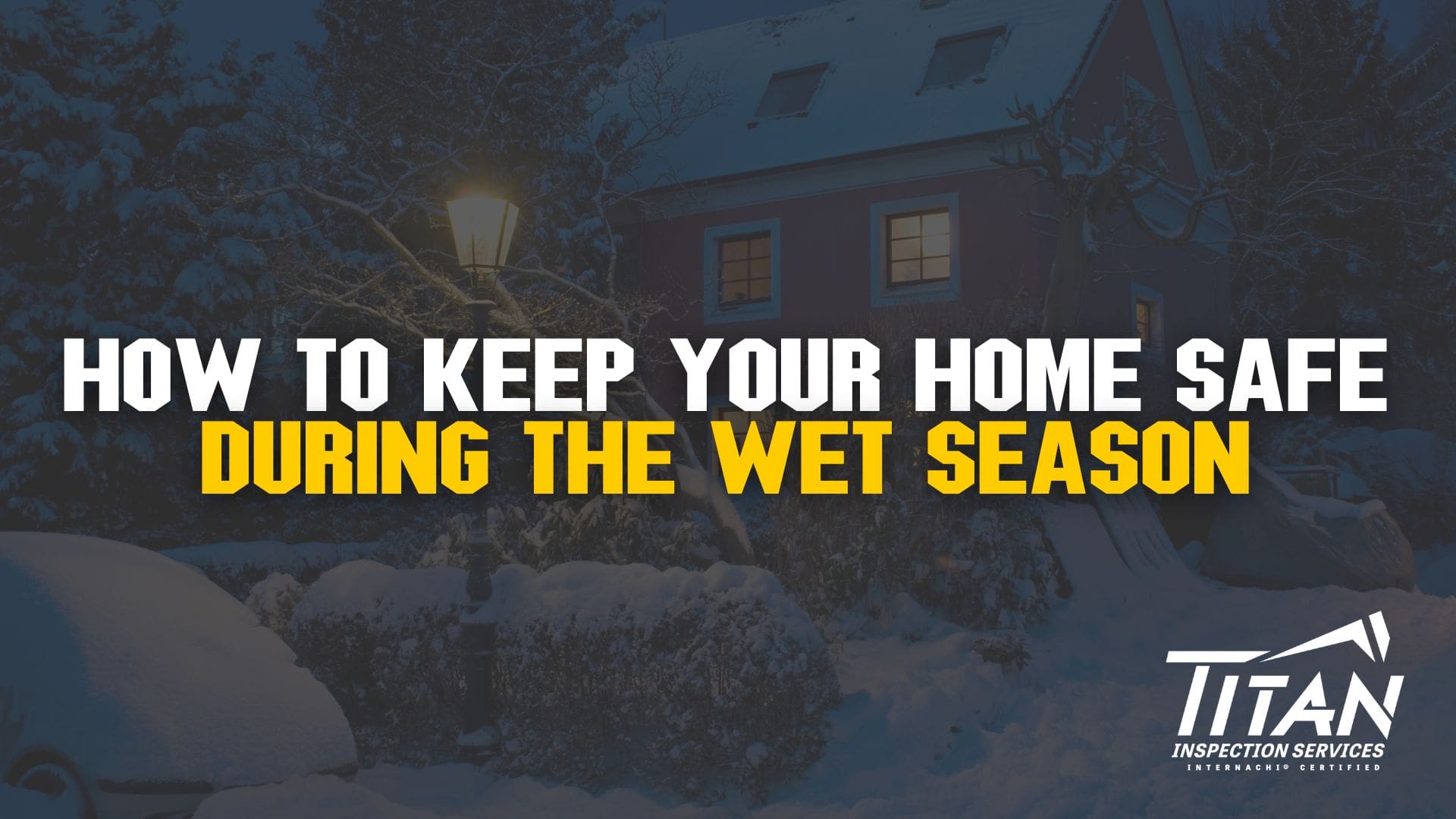
As the rainy season approaches, it’s essential to make sure your home is prepared to withstand the wet weather. Heavy rain and increased moisture can lead to serious issues such as water damage, leaks, mold, and structural concerns. Here are some practical tips to safeguard your home during the wet season and prevent costly repairs down the line.
1. Inspect and Clean Your Gutters
Your gutters play a crucial role in diverting rainwater away from your home’s foundation. Clogged gutters can cause water to overflow, leading to damage to your roof, walls, and foundation.
- What to Do: Clean your gutters regularly, especially before the wet season begins. Check for any blockages, such as leaves or debris, and make sure the downspouts are properly guiding water away from your home.
- Pro Tip: Consider installing gutter guards to prevent debris buildup, making gutter maintenance easier and reducing the risk of clogs.
2. Check for Roof Leaks
Your roof is your first line of defense against rain, and even small leaks can lead to significant damage over time. Inspect your roof for any signs of wear and tear, such as cracked or missing shingles, loose flashing, or areas that appear discolored.
- What to Do: Conduct a roof inspection before the wet season starts. If you notice any issues, contact a professional for repairs. Don’t wait until the damage worsens.
- Pro Tip: Using thermal imaging can help detect hidden moisture in your roof, making it easier to identify leaks that aren’t visible to the naked eye.
3. Seal Windows and Doors
Water can easily seep into your home through poorly sealed windows and doors. Over time, moisture buildup around these areas can cause mold growth, rot, and damage to your home’s structure.
- What to Do: Check the seals around your windows and doors to ensure they are intact. If you notice any gaps, use weatherstripping or caulk to seal them up.
- Pro Tip: Consider adding storm doors or windows for an extra layer of protection against the elements.
4. Inspect Your Home’s Foundation
The foundation is one of the most critical parts of your home, and water damage to the foundation can lead to serious structural issues. Ensure that water is being properly directed away from your home.
- What to Do: Check the grading around your home to make sure it slopes away from the foundation. If water is pooling around your home, you may need to improve drainage by installing French drains or adjusting the slope of the soil.
- Pro Tip: Regularly inspect your foundation for cracks or other signs of damage. Address any issues quickly to prevent long-term damage.
5. Maintain Your Sump Pump
If your home has a basement or is located in an area prone to flooding, having a functional sump pump is crucial. A sump pump helps remove water that accumulates in the basement or crawlspace, protecting your home from flooding.
- What to Do: Test your sump pump regularly to ensure it’s working properly. If your area experiences frequent power outages during storms, consider installing a backup battery system to keep your pump running.
- Pro Tip: Keep an eye on the pump’s discharge pipe to ensure water is being directed away from your home’s foundation.
6. Protect Against Mold Growth
Excess moisture can lead to mold growth, which poses health risks to your family and can damage your home. Mold often forms in hidden areas, such as behind walls or under flooring, making it difficult to detect.
- What to Do: Use dehumidifiers in damp areas of your home, such as basements and bathrooms, to reduce moisture levels. Schedule mold inspections if you suspect there may be hidden mold in your home.
- Pro Tip: Consider scheduling a mold inspection before the wet season to catch any early signs of mold growth and address them before they worsen.
7. Check Your Attic and Crawlspace
Your attic and crawlspace are often overlooked during home inspections, but they are key areas where moisture can build up. Excessive moisture in these areas can lead to mold, rot, and even pest infestations.
- What to Do: Inspect your attic and crawlspace for signs of moisture, such as mold, damp insulation, or water stains. Ensure these spaces are well-ventilated to prevent moisture buildup.
- Pro Tip: Install moisture barriers in your crawlspace to keep water from seeping in from the ground.
Conclusion
The wet season brings with it the potential for significant damage to your home if it’s not properly prepared. By taking the time to inspect and maintain your home, you can avoid costly repairs and protect your investment. If you’re unsure about the condition of your home, consider scheduling a professional home inspection to identify potential issues before they become bigger problems.At Titan Inspection Services, we specialize in comprehensive home inspections in the Seattle area and beyond. From roof inspections to mold testing and thermal imaging, we’ve got you covered. Contact us today to schedule your inspection and ensure your home is ready for the wet season!